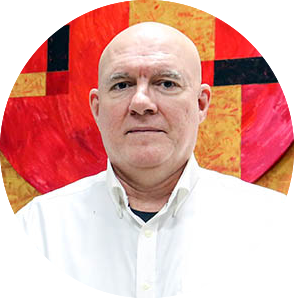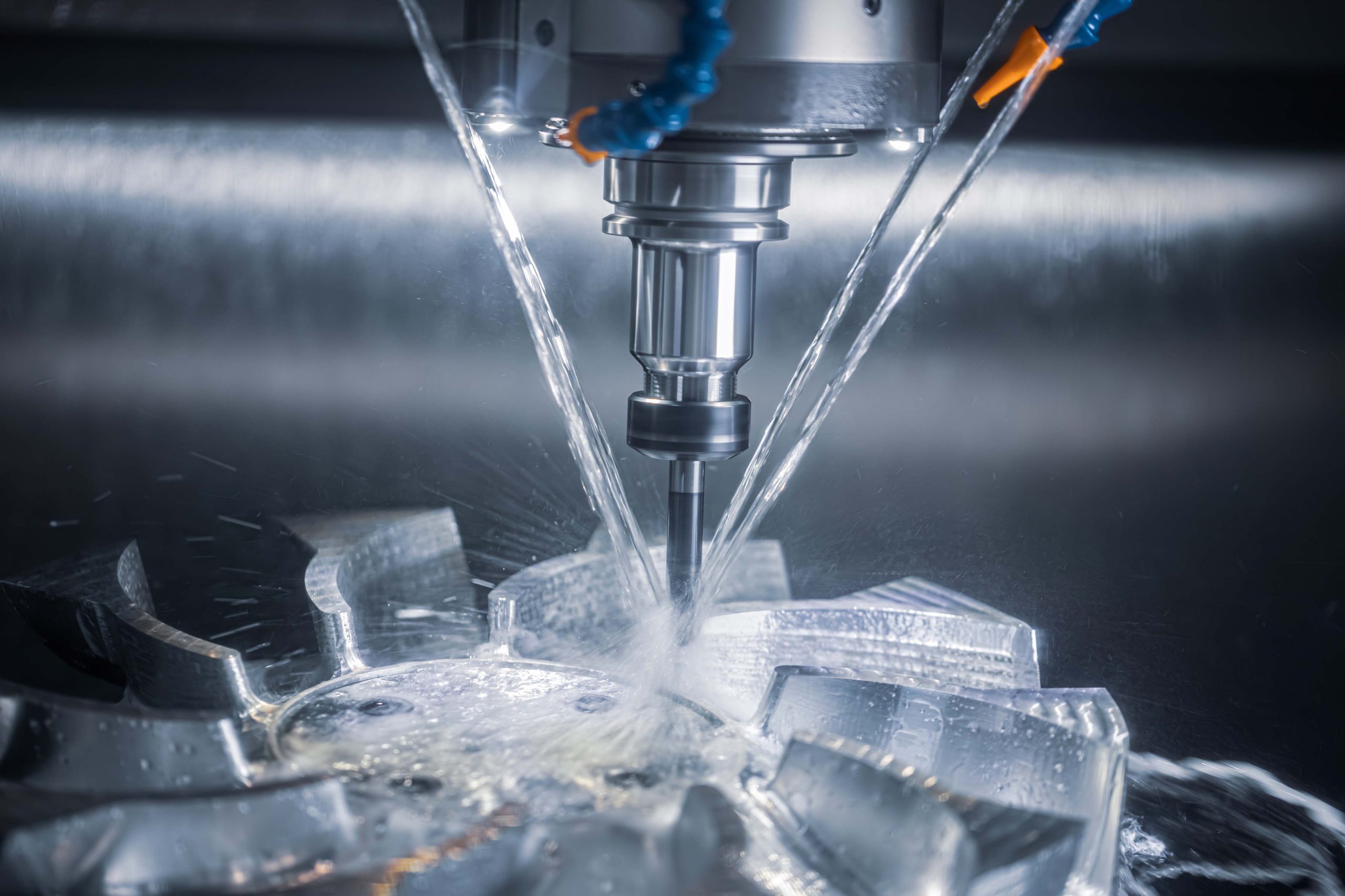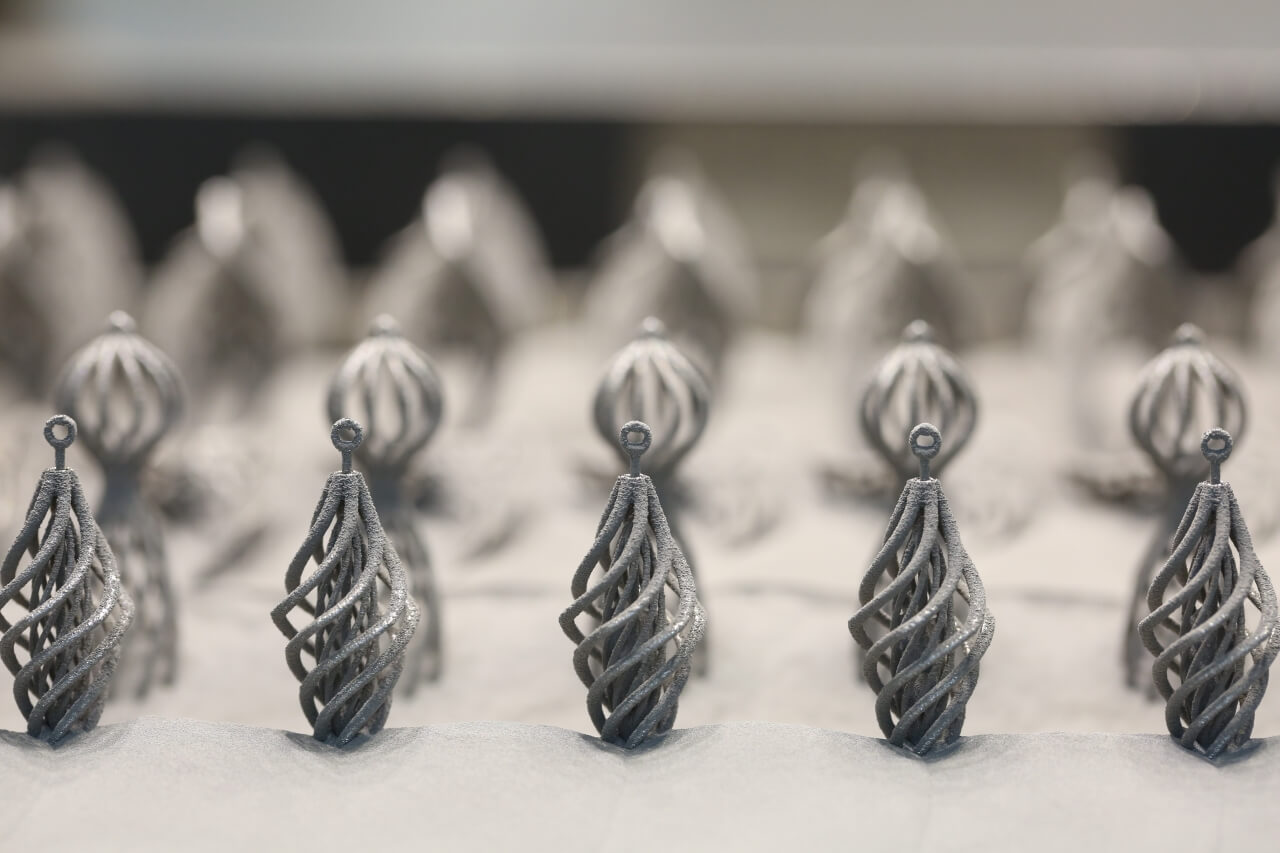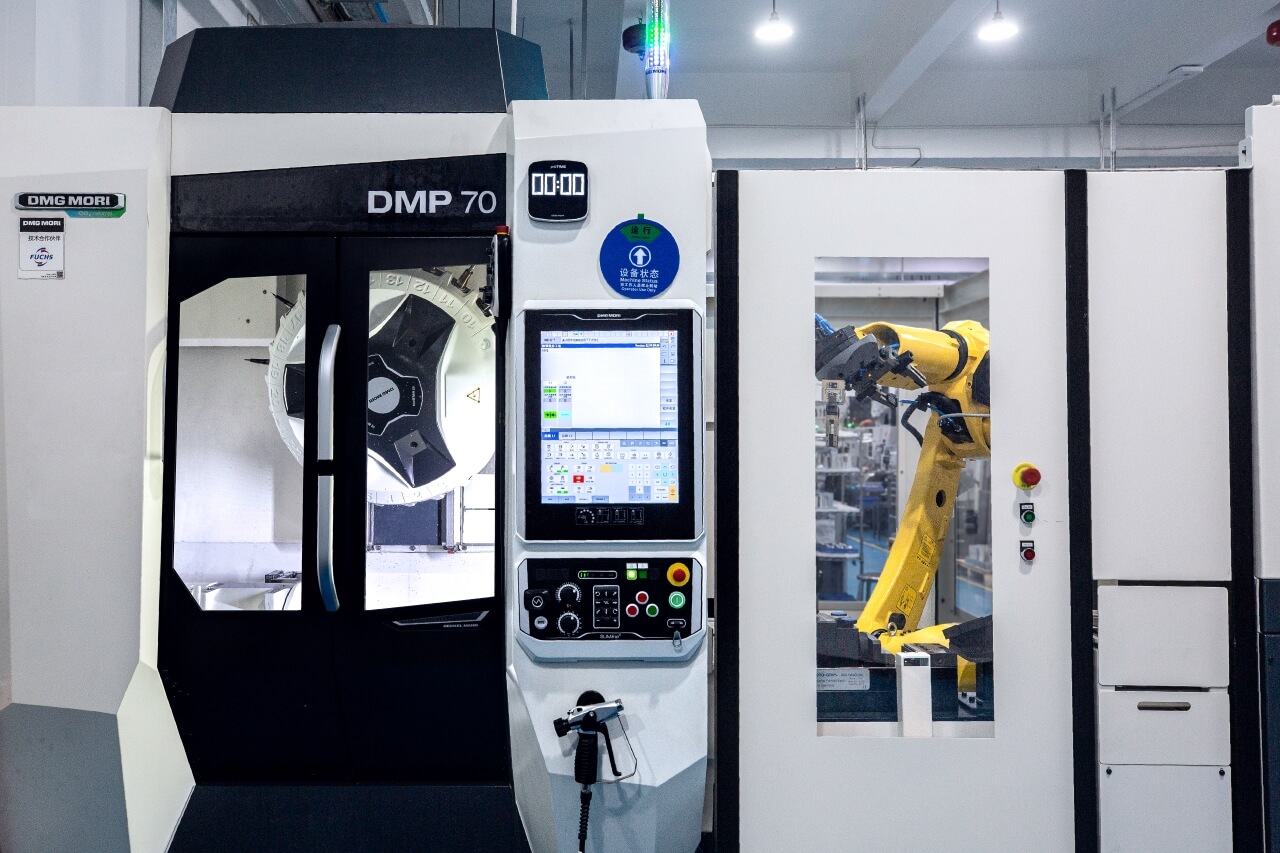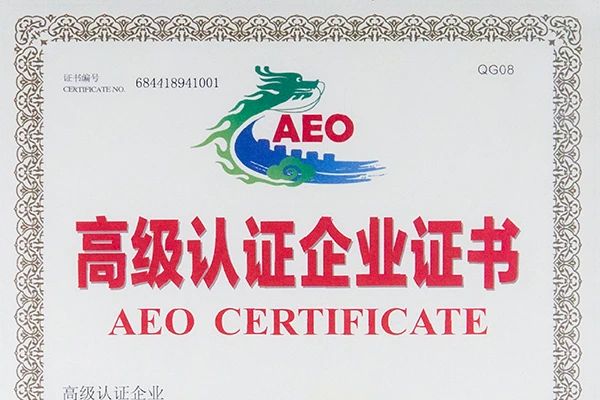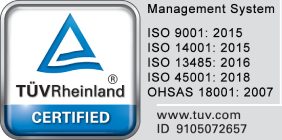Ever since people started making stuff – and then tried to make new and improved stuff – there’s been a need for prototypes. They’re used for design evaluation, testing, certification, proof-of-concept, crowdfunding campaigns and as bridges to full production.
If you need high-quality rapid prototypes, may we suggest you consider these 5 well-established and mature processes that deliver great results economically. They are CNC machining, polyurethane vacuum casting, and three plastic 3D printing methods: SLA, FDM and Powder Bed Fusion.
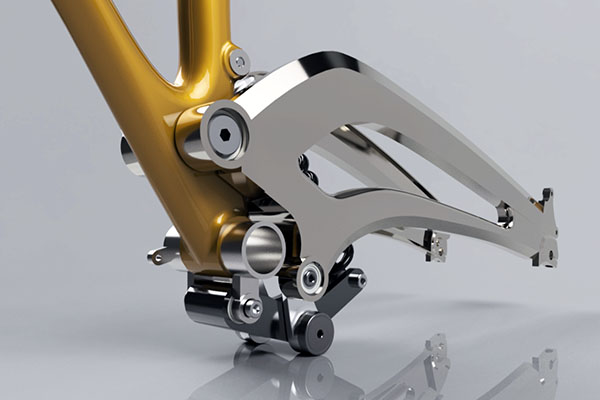
CNC Machining
Many people don’t realize that CNC machining is an ideal prototyping method for the right project. It’s fast, accurate and very versatile because it works with almost any solid material. There are also no minimum quantities so one part can be made just as easily as one thousand.
You’ll want to consider CNC machining if you need strong mechanical parts that are fully functional and have precise tolerances – basically, full-production quality but in a limited number.
However, CNC machining is not ideal for thin-walled boxes or deep cavities. For these shapes, you might want to consider vacuum casting instead.
Polyurethane Vacuum Casting or VC
Vacuum casting, also known as “cast urethane”, uses a master pattern as a model of the desired finished part. The pattern can be made from any solid material but it’s often a plastic 3D printed part.

The master pattern is then suspended in an empty casting box. The box is filled with liquid silicone and after the silicone is cured it’s cut open and the pattern removed, leaving behind a hollow cavity that can now be refilled with casting resin to make a copy of the original.
Polyurethane vacuum casting is the best way to make near-production quality plastic parts that look and perform like PIM, but without the need to invest in expensive metal tools. Parts can also be over molded and resins come in a variety of Shore hardnesses so you can make soft rubber shapes, something that you can’t do with CNC machining for example.
The VC molds last up to about 20 copies or so, making this a great way to create enclosures and other semi-hollow forms in small quantities. The surface texture is faithful to the original and you can paint, sand and machine them for more finishing options.
Stereolithography or SLA
This was the very first additive manufacturing process and it’s still improving all the time. SLA uses a vat of photosensitive resin inside a chamber that has a moveable build platform. Hundreds or thousands of separate 2D slices of a 3D CAD drawing are projected with UV light into the vat as the platform is slowly raised, thereby selectively curing layer upon layer to form the finished part.
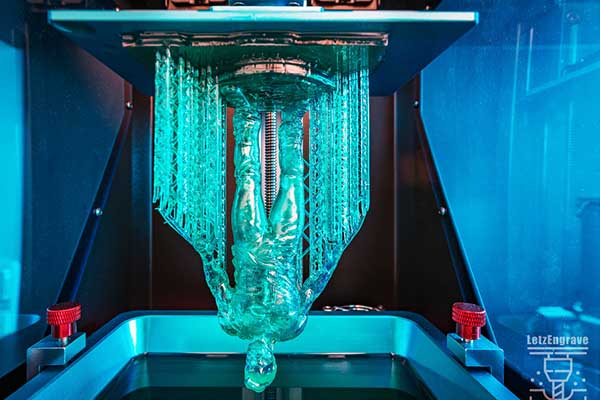
SLA is fast and versatile and there are many resins to choose from that offer different cosmetic and mechanical properties. These are usually divided into different grades such as standard, engineering or medical / dental. You can even add glass fibers or aluminium powder for greater strength.
The surface finish is excellent but remember that, after printing, parts still need to be washed and then cured a second time to achieve maximum strength and stability.
Fused Deposition Modeling or FDM
This is the 3D printing system most people are familiar with. It uses filaments of common plastic like PLA or ABS and engineering resins such as PEEK and Ultem.
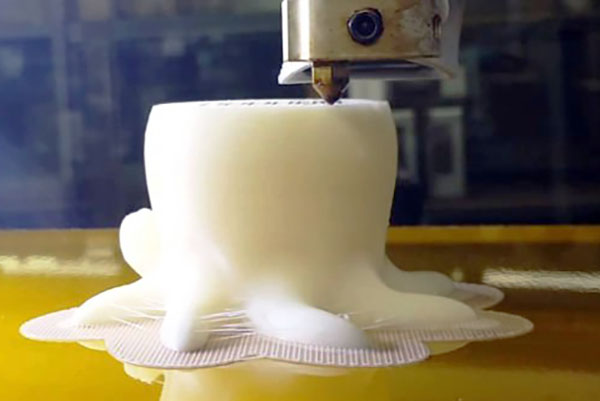
The filament is extruded through a heated nozzle where it’s melted and this melt is then deposited layer upon layer to form the part.
FDM is one of the least expensive additive manufacturing methods and is most popular with DIY and small shops. For prototype developers it’s usually easy to find a local maker space or digital printing bureau that can help you print out your designs quickly and cheaply, but be aware that the resolution is not great so your parts will likely need more finishing work.
Powder Bed Fusion
There are two main types of powder bed fusion: Selective Laser Sintering (SLS) and Multi-Jet Fusion (MJF).

They both use a sealed chamber filled with a powdered substrate where a roller is used to smooth and compress the top surface. In SLS, the 2D layer is fused with a laser, while MJF uses micro-droplets of a binding resin to hold the powder in place. In a secondary option the print is fully sintered inside of an infrared oven.
There are several advantages to powder bed fusion. First, parts are self-supporting so additional structures are not needed. 2nd, the entire build volume of the chamber can be used for maximum efficiency. And with SLS, up to 75% of the powder from previous builds can be mixed with virgin powder to save on raw material costs.
Star Rapid offers the finest CNC machining and vacuum casting services for your rapid prototyping needs. You’ll receive the best service in the industry when you upload your CAD files for a free quotation today.
